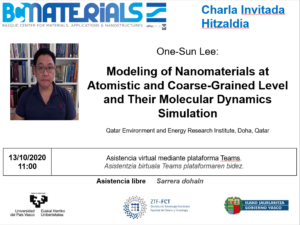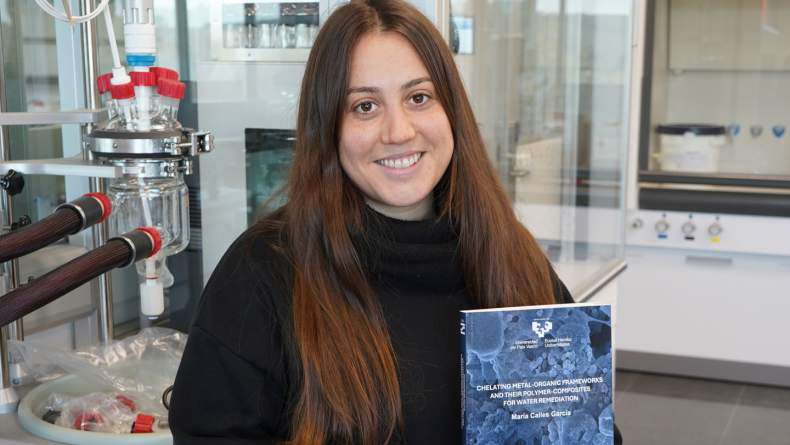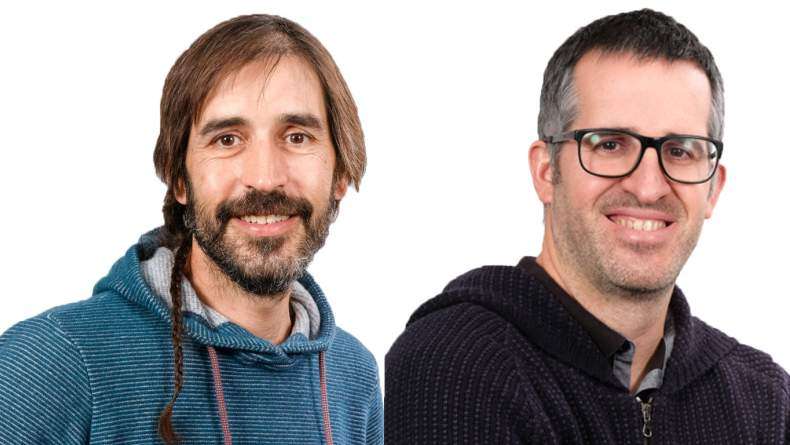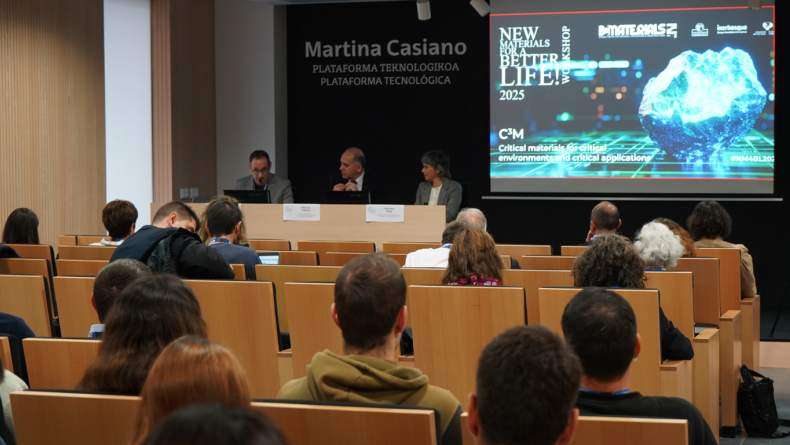BCMaterials Webinar: One-Sun Lee

Modeling of Nanomaterials at Atomistic and Coarse-Grained Level and Their Molecular Dynamics Simulation:
One-Sun Lee, Qatar Environment and Energy Research Institute, Doha, Qatar
Computational model development becomes essential for studying materials. For efficient model development, the technical details of modeling vary according to the size and time scales of the system. A brief description of the procedures of atomistic and coarse-grained model development and their molecular dynamics simulation will be presented. As an example, a model development procedure of a peptide amphiphile (PA) will be introduced. PAs are amphiphilic molecules that consist of a hydrophobic alkyl chain that is attached to a peptide and they show various biological functionality - promote the growth of blood vessels and healing of critical wounds, bone and cartilage regeneration, axon regeneration in spinal cord injury, etc - according to the peptide sequence. Upon an appropriate adjustment of pH and salt concentration, the PAs self-assemble into various morphologies depending on choice of residues and alkane, and an enhanced biological activity of self-assembled PA was observed compared with individual PA. However, the atomic structure of self-assembled PA is not known, and this has proven to be a hindrance in understanding how this system functions. To investigate the structure of self-assembled PAs, we performed an atomistic molecular dynamics simulation of PAs in physiological aqueous conditions and obtained a cylindrical nanofiber structure. Based on the atomistic model of PA, we also developed a coarse-grained (CG) model of PA to investigate the self-assembly processes. Using CG model of PA, we obtained a spontaneous self-assembly procedure starting from a homogeneous mixture of PAs to fibers in which the PA molecules first form spherical micelles, and then micelles form a three-dimensional network via van der Waals interactions.


Related news
María Calles, New Doctor of BCMaterials
We would like to congratulate María Calles García for obtaining her PhDs in Materials Science and Technology from the UPV/EHU. On December 4 made a brilliant defense of her thesis titled ‘Chelating…Invited Talk with Barcelona Microelectronics Institute’s researchers (December 3)
On December 3 at 12:00 PM, in the Martina Casiano Auditorium in Leioa, BCMaterials will host senior researchers Antón Guimerà and Xavier Illa from the Barcelona Microelectronics Institute (IMB-CNM,…Invited Talk by Liu Yao on Lithium-Metal Batteries (December 2)
Next Monday, December 2, Liu Yao, professor at the Shanghai Institute of Applied Physics, will give an invited lecture at BCMaterials entitled ‘Li-Metal Batteries: From Liquid to Solid-State’. The…Success of BCMaterials’ Annual Workshop on Critical Materials
The 2025 edition of BCMaterials’ annual workshop gathered nearly one hundred participants on November 19 in Leioa to review the latest advances and discuss critical materials, their applications, and…



